
Ingredient
Blumea leaves
The Aromatic Herb: Blumea Leaves
Blumea leaves, also known as sambong or lakad-bulan, are slender, elongated leaves with a vibrant green color and a distinct aroma. They possess a slightly bitter taste with hints of citrus and mint, and their delicate texture adds a pleasant crunch to dishes. These leaves are commonly used in Asian cooking, particularly in Filipino and Indonesian cuisines, to enhance the flavor of soups, stews, and stir-fries.
Origins and history
Blumea leaves have a rich history in traditional medicine and culinary practices across Asia. Native to Southeast Asia, these leaves have been used for centuries in herbal remedies due to their potential health benefits. They are also deeply rooted in Filipino culture, where they are believed to have diuretic and anti-inflammatory properties. Blumea leaves are widely cultivated in tropical regions and are an essential ingredient in many traditional dishes.
Nutritional information
Blumea leaves are low in calories and rich in essential nutrients such as vitamin C, vitamin A, and dietary fiber. They also contain beneficial compounds like flavonoids and phenolic acids, which have antioxidant and anti-inflammatory properties.
How to select
When selecting blumea leaves, look for fresh, vibrant green leaves without any signs of wilting or discoloration. Avoid leaves that appear yellow or brown, as they indicate age or poor quality. Opt for leaves that are firm and crisp to the touch, as they are likely to be the freshest.
Storage recommendations
To prolong the freshness of blumea leaves, store them in a plastic bag or airtight container in the refrigerator. They can stay fresh for up to a week when properly stored. Avoid washing the leaves until ready to use, as excess moisture can cause them to wilt quickly.
How to produce
Blumea leaves can be easily grown in warm climates with well-drained soil and ample sunlight. They thrive in tropical regions and can be cultivated in home gardens or pots. Regular watering and occasional pruning will help maintain their growth and vitality.
Preparation tips
Blumea leaves are commonly used in soups, stews, and stir-fries to add a refreshing aroma and subtle bitterness to the dishes. They are often paired with seafood, poultry, or vegetables to enhance their flavors. Blumea leaves can also be used as a garnish or infused in teas for a fragrant twist.
Availability
Philippines, Indonesia, Southeast Asia
More ingredients from this category » Browse all
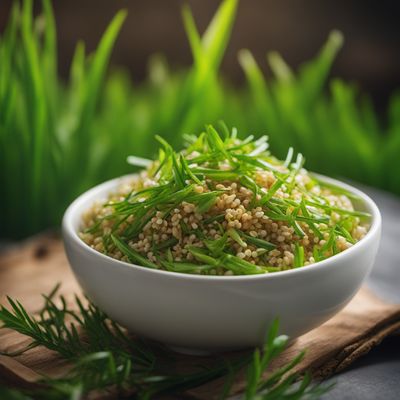
Melientha grass
The Fragrant Herb: Unveiling the Wonders of Melientha Grass

Scurvy-grass
The Citrusy Herb

Nightshade, black
The Dark Delight: Unveiling the Secrets of Black Nightshade
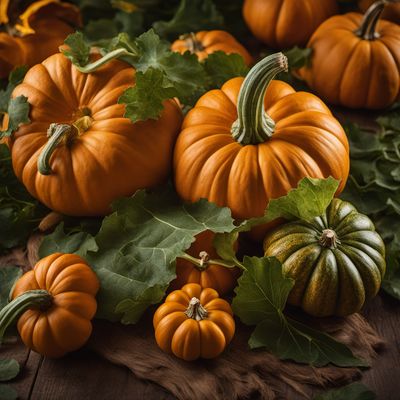
Pumpkin leaves
The Nutritious Greens: Pumpkin Leaves
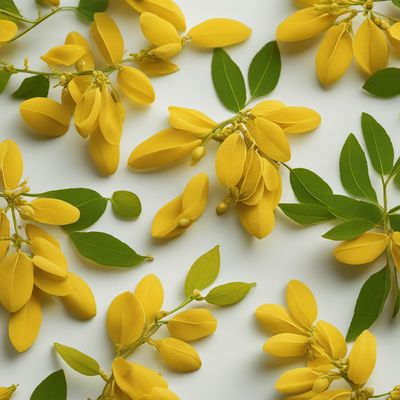
Senna leaves
The Natural Laxative: Unveiling the Power of Senna Leaves
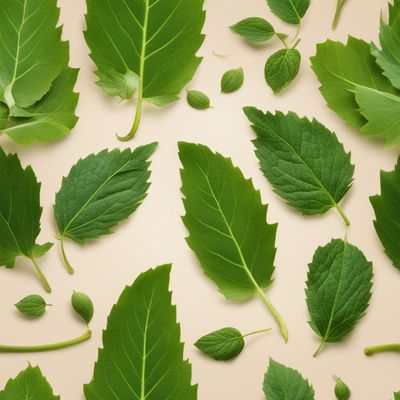
Balsam pear leaves
The Healing Power of Balsam Pear Leaves
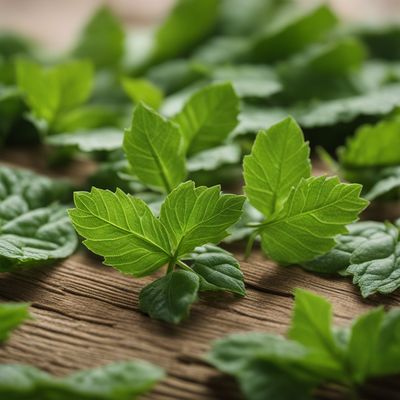
Jew's mallow leaves
The Nutritional Powerhouse: Jew's Mallow Leaves
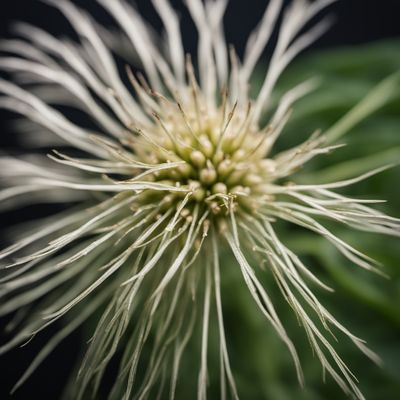
Salsify leaves
The Verdant Delight: Unveiling the Hidden Potential of Salsify Leaves

Papaya leaves
The Healing Green
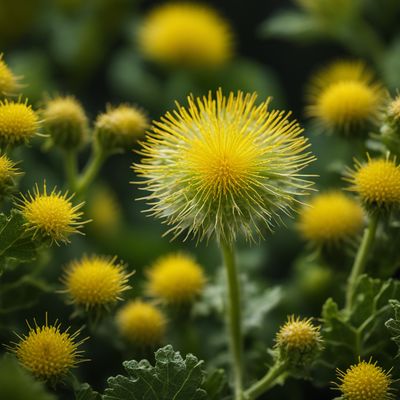
Sowthistle leaves
Vibrant Greens Packed with Nutrients
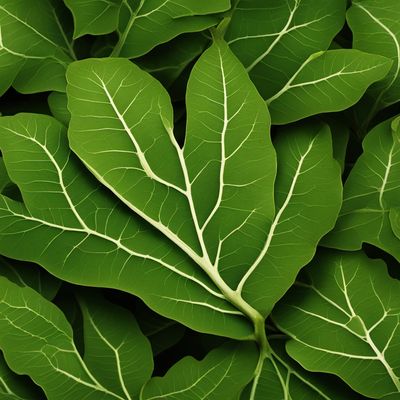
Baobab leaves
The Nutritional Powerhouse: Baobab Leaves Unveiled

Blackjack leaves
The Versatile Blackjack